
Huitt-Zollars, Rice University, author “Trains, Buses, People: An Opinionated Atlas of US and Canadian Transit,” Island Press, 2021. (he/him) PE/AICP/LEED AP.
How to get URL link on X (Twitter) App




 Stockholm’s metro was designed to replace its streetcar network. That means multiple lines through the city, putting essentially all of the urban core within walking distance of a subway station.
Stockholm’s metro was designed to replace its streetcar network. That means multiple lines through the city, putting essentially all of the urban core within walking distance of a subway station. 

 CONNECT CENTERS. The Red Line runs through the heart of Houston’s two busiest centers — Downtown and the Texas Medical Center. It goes where the people are, and attracted even more activity. Through Downtown, Midtown, the Museum District, and TMC it’s surrounded by new buildings.
CONNECT CENTERS. The Red Line runs through the heart of Houston’s two busiest centers — Downtown and the Texas Medical Center. It goes where the people are, and attracted even more activity. Through Downtown, Midtown, the Museum District, and TMC it’s surrounded by new buildings. 

 Houston is one of the biggest freight rail centers in the country. Because of our huge petrochemical plants, port, and big population, a lot of freight goes to or from here. That means most trains in Houston aren’t just passing through — they’re serving Houston.
Houston is one of the biggest freight rail centers in the country. Because of our huge petrochemical plants, port, and big population, a lot of freight goes to or from here. That means most trains in Houston aren’t just passing through — they’re serving Houston. 


 It makes sense that elected officials, advocates, and agency leadership and agency leadership are pushing for electric buses — in addition to the climate benefits, they’re quieter and don’t have any exhaust fumes.
It makes sense that elected officials, advocates, and agency leadership and agency leadership are pushing for electric buses — in addition to the climate benefits, they’re quieter and don’t have any exhaust fumes. 

 Malta, where the branch to Leadville (right) split off from the main line at 9593 ft. Elevation.
Malta, where the branch to Leadville (right) split off from the main line at 9593 ft. Elevation. 

 This the Texas & Pacific station, with its 1931 tower, now end of the line for Trinity Railway Express commuter trains (you can see one departing) to Dallas and TEXRail trains to DFW airport. The commuter rail tracks are alongside, but not connected to, the freight tracks.
This the Texas & Pacific station, with its 1931 tower, now end of the line for Trinity Railway Express commuter trains (you can see one departing) to Dallas and TEXRail trains to DFW airport. The commuter rail tracks are alongside, but not connected to, the freight tracks. 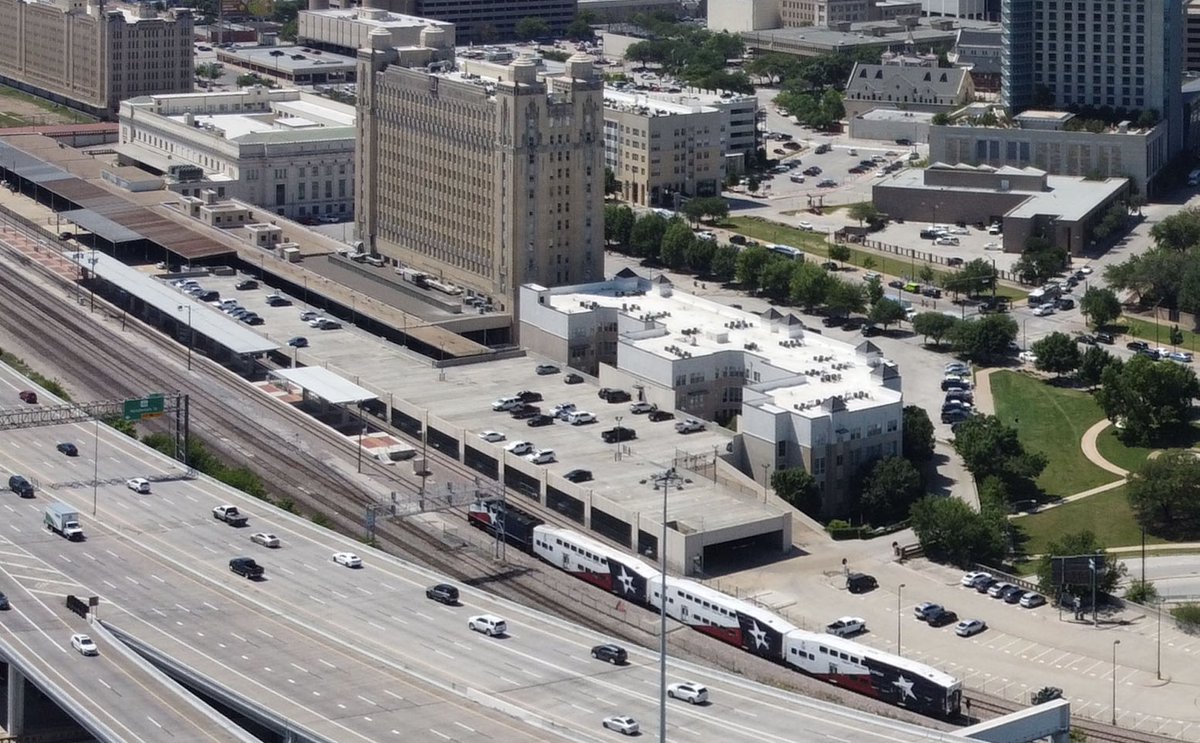
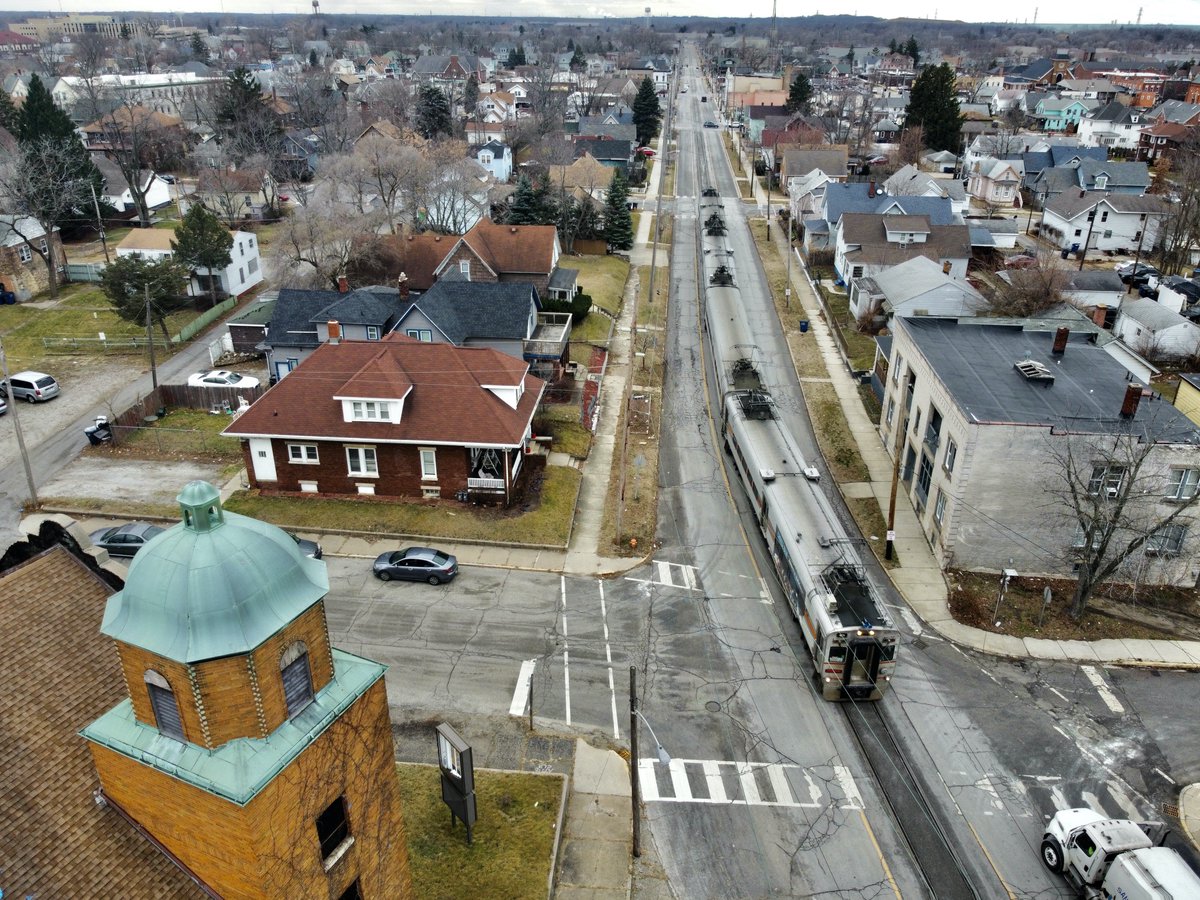
 Say “South Shore” and someone will say “Last Interurban!” Interurbans were rail lines that used streetcar technology — short electric trains with self-propelled cars, not locomotives — to connect cities. The US built 15,000 miles of interurban track from about 1900-1920.
Say “South Shore” and someone will say “Last Interurban!” Interurbans were rail lines that used streetcar technology — short electric trains with self-propelled cars, not locomotives — to connect cities. The US built 15,000 miles of interurban track from about 1900-1920. 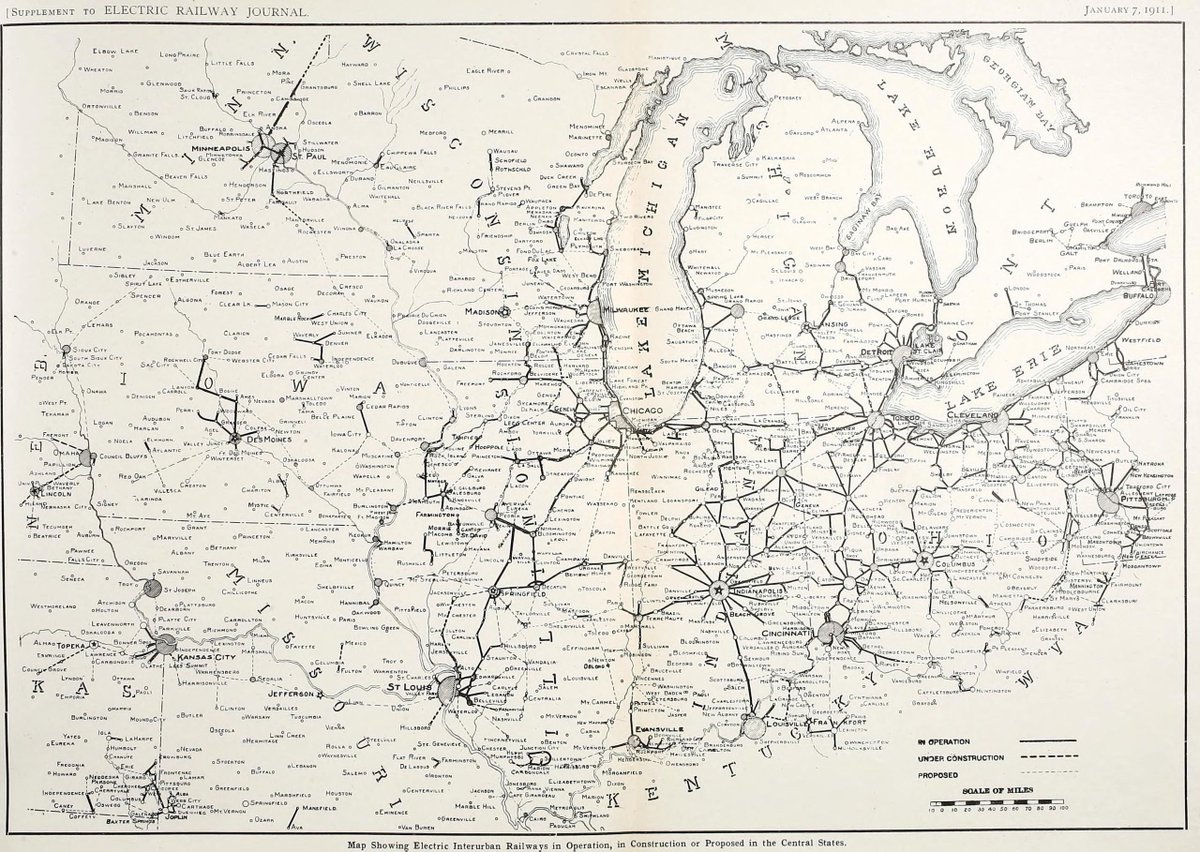
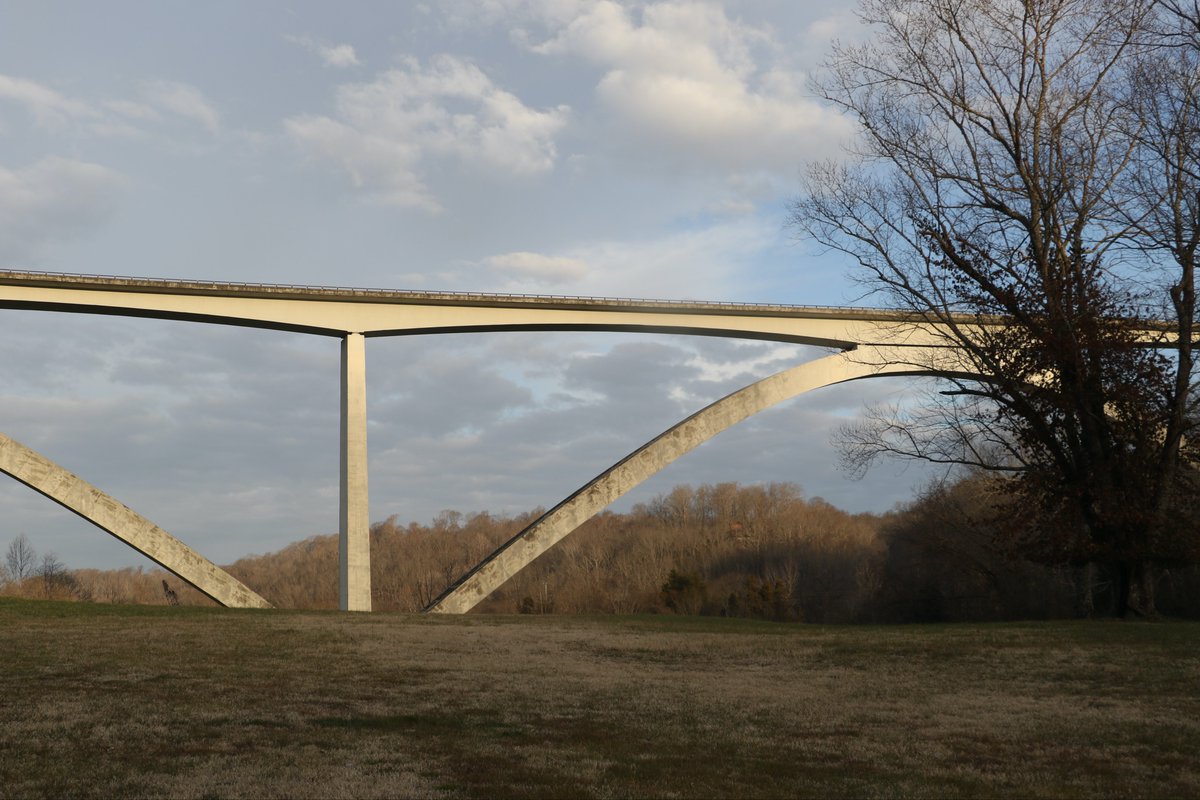
 At the time it was a revelation — a lot of US cities and highway departments looked at this (and some of the new cable stayed bridges opening around the same time) and thought “Oh wow — bridges can look beautiful!”
At the time it was a revelation — a lot of US cities and highway departments looked at this (and some of the new cable stayed bridges opening around the same time) and thought “Oh wow — bridges can look beautiful!” 
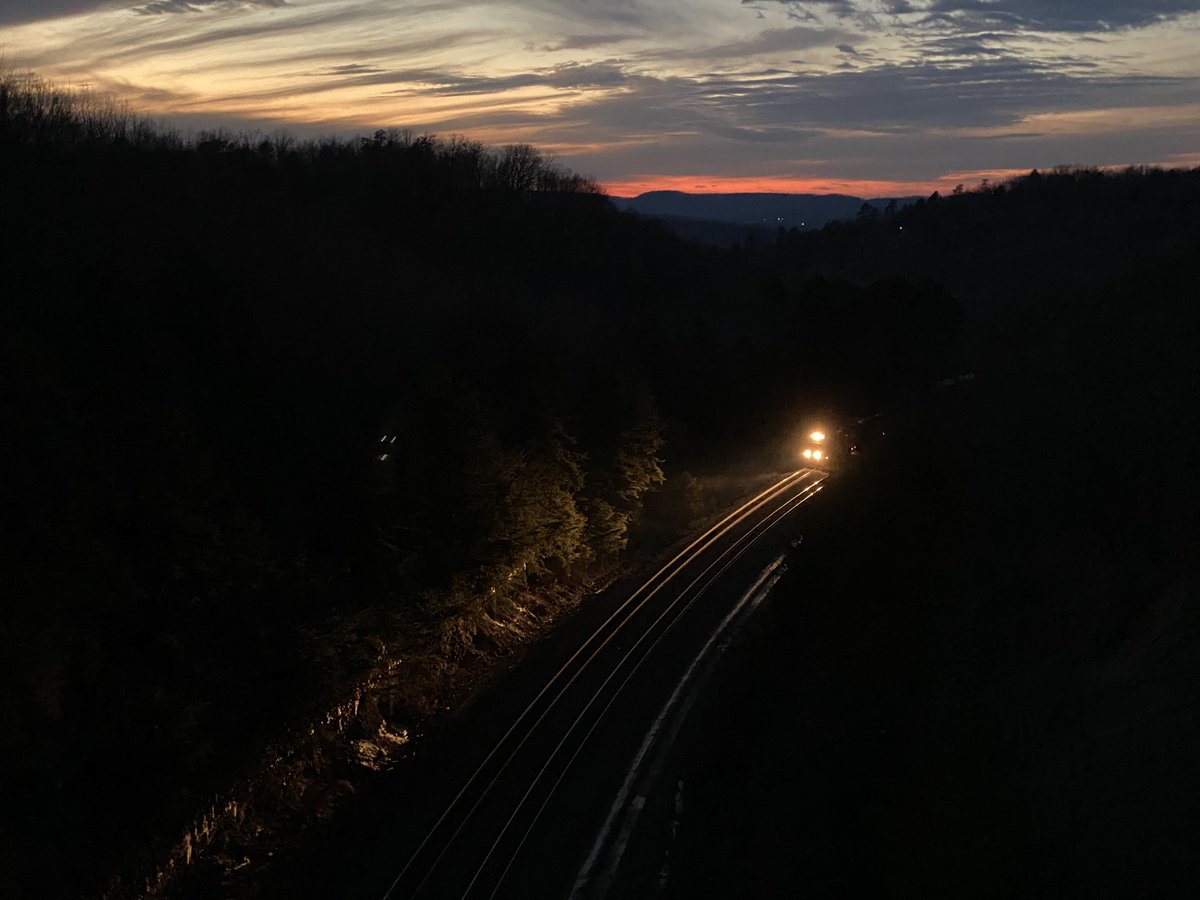
 This railroad, first built 1869-1880, was extensively rebuilt in 1959-1963, reducing curves, flattening grades, and replacing tunnels with huge rock cuts like this one — it’s a rare example of large scale post-WWII engineering on the US freight rail system.
This railroad, first built 1869-1880, was extensively rebuilt in 1959-1963, reducing curves, flattening grades, and replacing tunnels with huge rock cuts like this one — it’s a rare example of large scale post-WWII engineering on the US freight rail system. 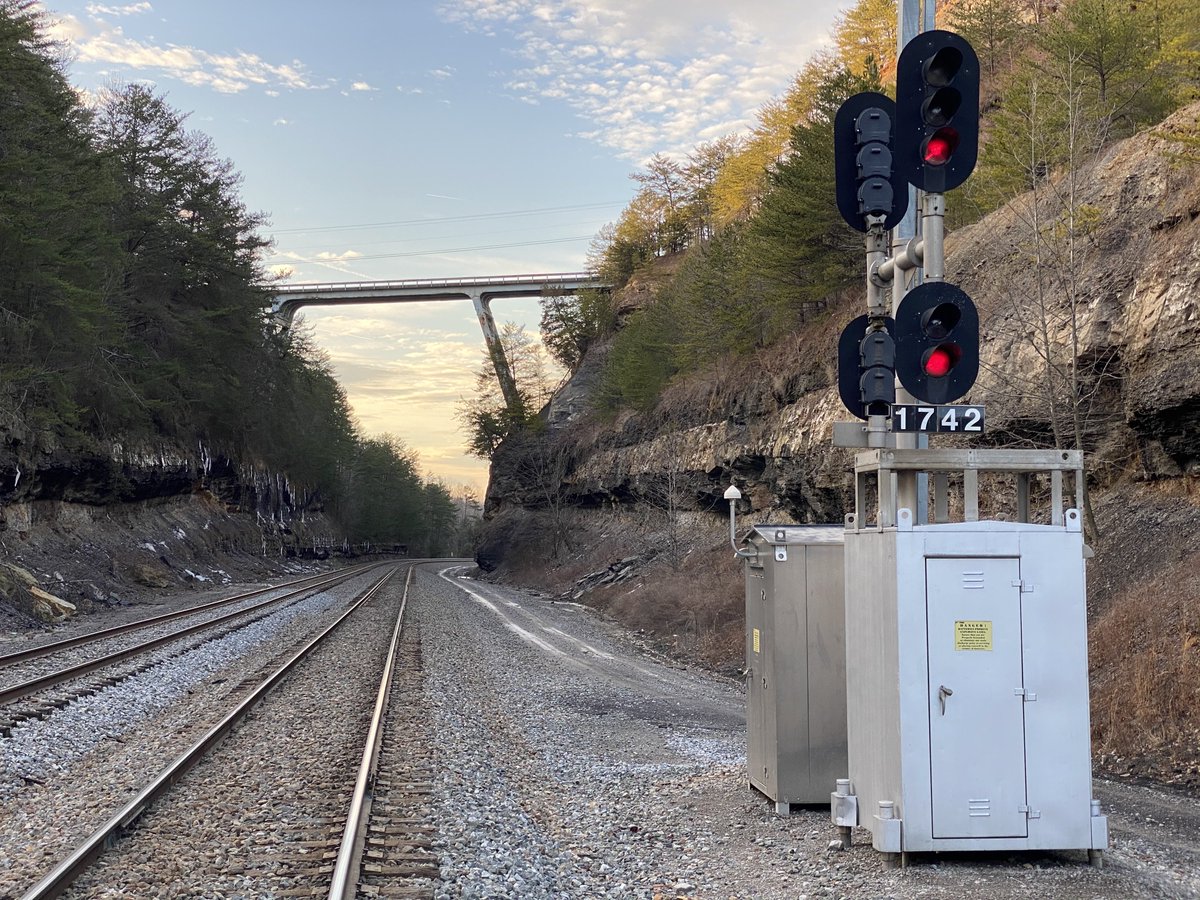
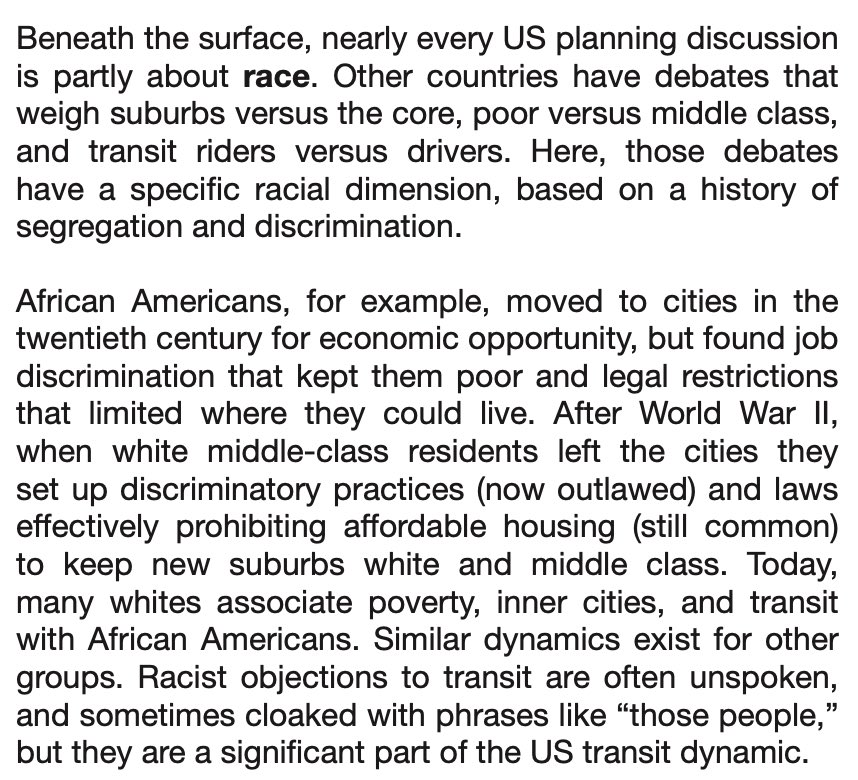
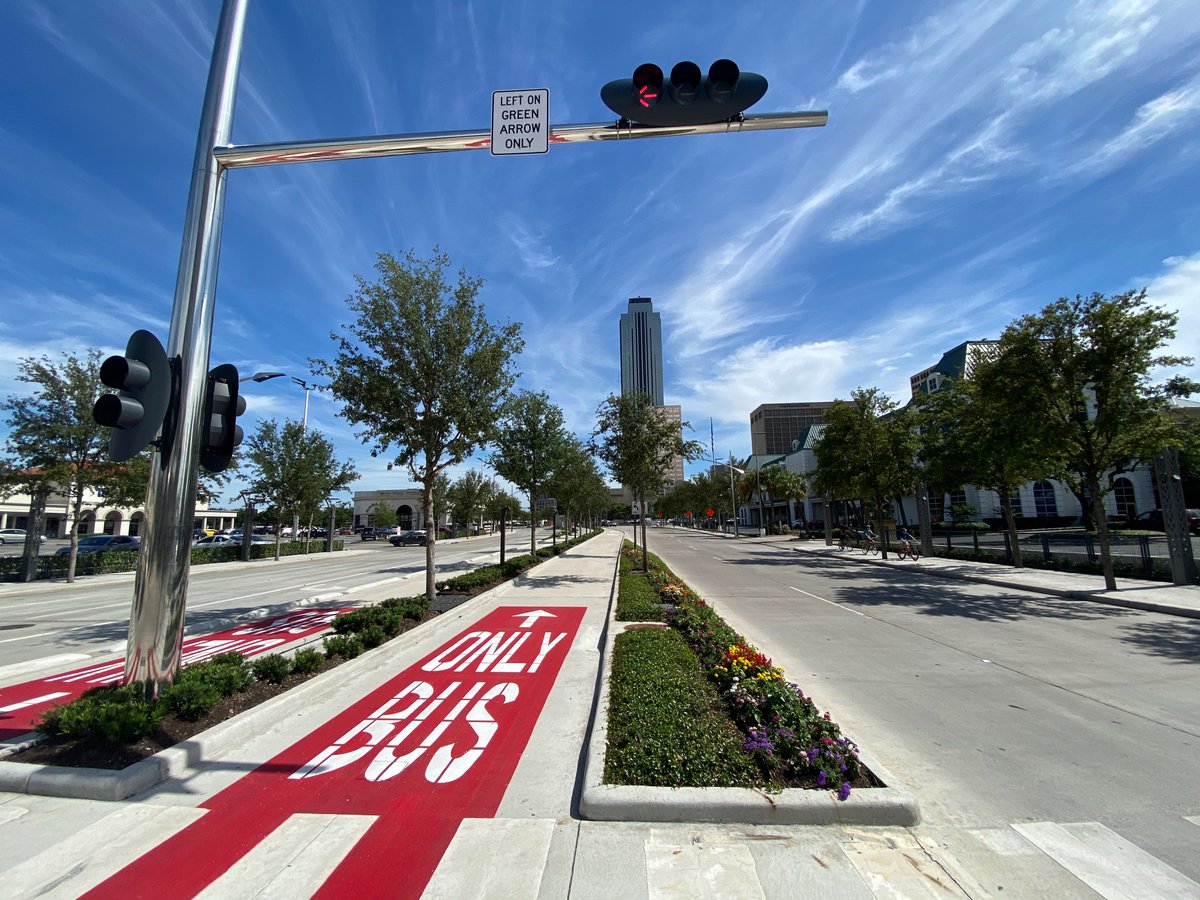
 This project is a north-south link in the frequent bus grid, connecting 16 local bus routes to the jobs, shopping, and restaurants in Uptown.
This project is a north-south link in the frequent bus grid, connecting 16 local bus routes to the jobs, shopping, and restaurants in Uptown. 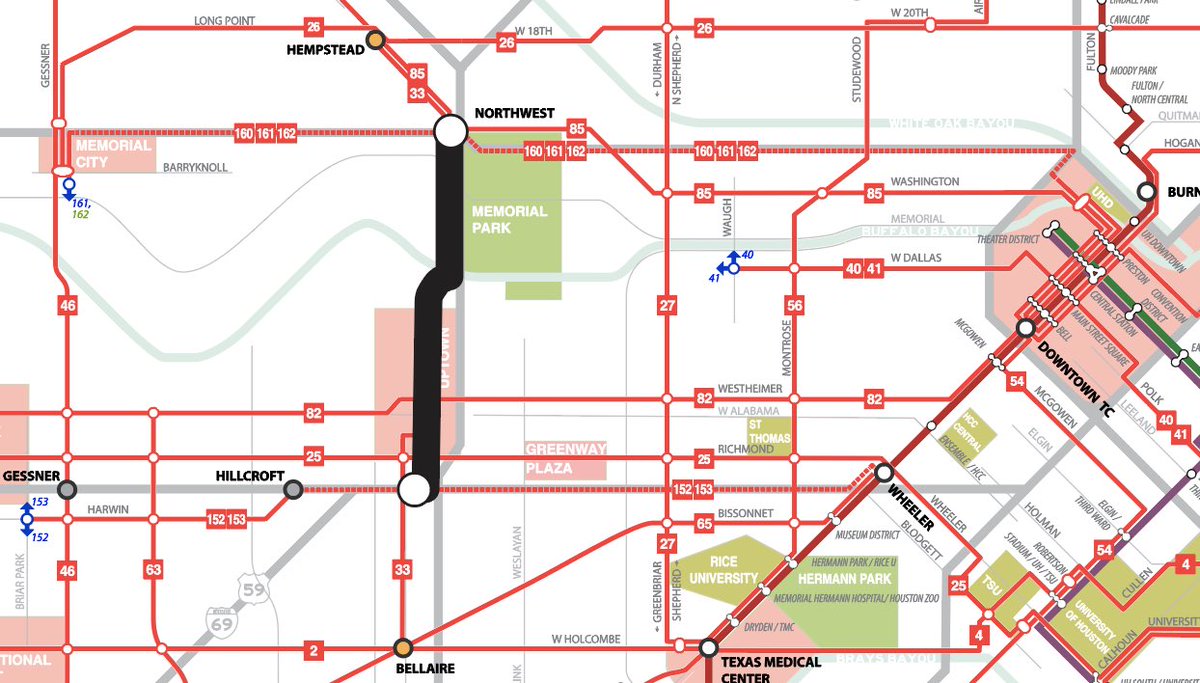

 That's a question of construction cost, operating cost, level of ridership, and existing infrastructure.
That's a question of construction cost, operating cost, level of ridership, and existing infrastructure.
https://twitter.com/sp_redelectric/status/1096640207074426880Yes, there have been some bad projects built from New Starts/Small Starts/Core Capacity funding, but there have been many good ones as well — Seattle, the Twin Cities, Chicago modernization, etc.

 The first, obvious thing: fund more transit. There are a lot of good transit projects waiting in line for federal funding.
The first, obvious thing: fund more transit. There are a lot of good transit projects waiting in line for federal funding.

 Pittsburgh had multiple interurbans; what is now the T extended south to Washington, Donora, and Charleroi, serving a series of small towns. They were connected to a large urban streetcar network to run into downtown. Before cars, this was the way to get around this rural area.
Pittsburgh had multiple interurbans; what is now the T extended south to Washington, Donora, and Charleroi, serving a series of small towns. They were connected to a large urban streetcar network to run into downtown. Before cars, this was the way to get around this rural area. 

 Munich did five different things to create this system: a downtown tunnel (at the left here, going beneath the stub-end Hauptbahnhof), upgrade infrastructure, increased frequency, transit connections, and unified fares.
Munich did five different things to create this system: a downtown tunnel (at the left here, going beneath the stub-end Hauptbahnhof), upgrade infrastructure, increased frequency, transit connections, and unified fares. 